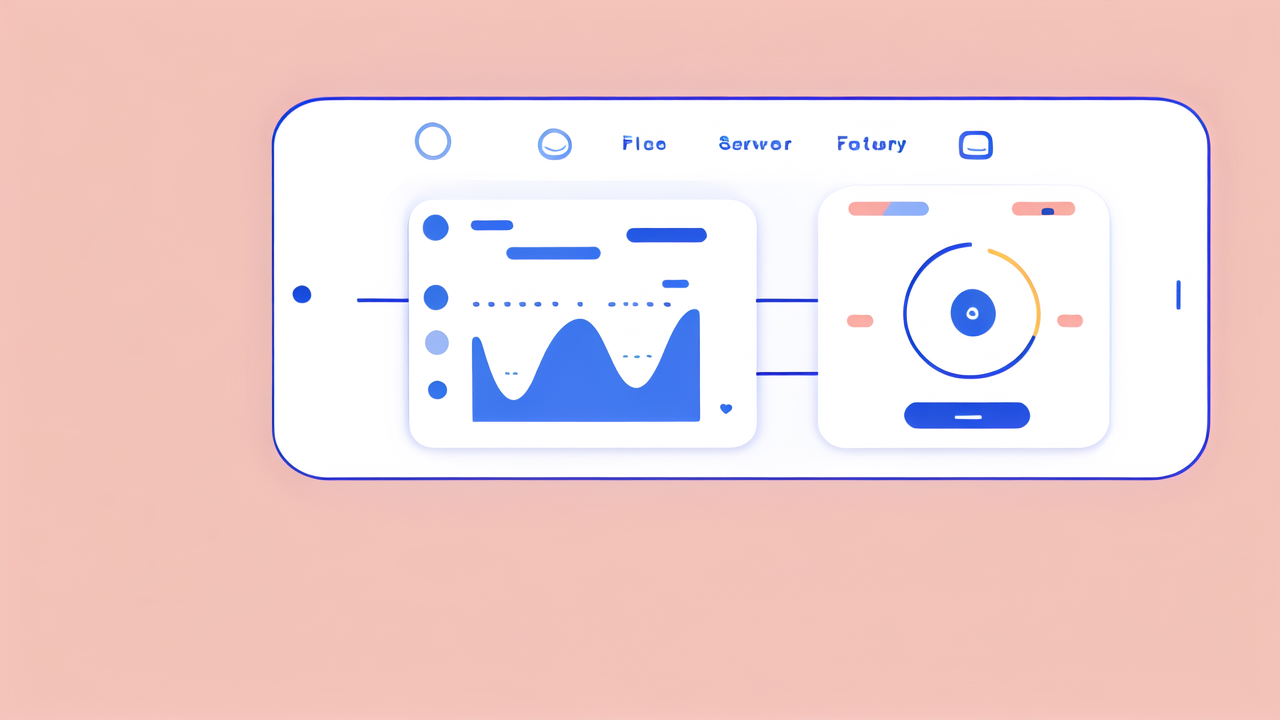The Evolution of Wearable Fitness Technology in the United States
The Beginning of Personal Health Monitoring
Personal health monitoring began with simple devices like pedometers. These counted steps and helped people track their daily activity. As technology advanced, so did our ability to monitor health. Early fitness trackers were bulky and had limited features. They mainly focused on step counting and basic calorie estimates. Despite their limitations, these devices sparked interest in personal health data. They showed people the value of tracking their daily activities. This laid the groundwork for more advanced wearable technology.

Advancements in Wearable Fitness Devices
Wearable fitness devices have come a long way since their inception. Modern trackers are sleek, comfortable, and packed with features. They can monitor heart rate, sleep patterns, and even stress levels. Many devices now use advanced sensors to provide more accurate data. GPS tracking allows for precise distance and pace measurements during workouts. Some trackers can even detect specific types of exercise automatically. As technology improves, these devices are becoming more affordable and accessible to the average consumer.
Regulation and Standards in Body Measurement Devices
As body measurement devices become more common, regulation has become crucial. The FDA has started to pay closer attention to these devices. They want to ensure that the health data provided is accurate and reliable. Standards are being developed to test and certify these devices. This helps protect consumers and ensures that the information they receive is trustworthy. However, the rapid pace of technological advancement poses challenges for regulators. They must balance innovation with consumer safety and privacy concerns.
Understanding Fila Pulse: A Dive into Health Monitoring Capabilities
What is Fila Pulse and How Does it Work?
Fila Pulse is a cutting-edge health monitoring device. It uses advanced sensors to track various body metrics. These include heart rate, blood oxygen levels, and sleep patterns. The device is designed to be worn comfortably throughout the day. It continuously collects data and syncs with a smartphone app. Users can view their health stats in real-time or over extended periods. Fila Pulse also offers personalized insights based on the collected data. This helps users make informed decisions about their health and fitness goals.

The Science Behind Fila Pulse: Accuracy and Reliability
Fila Pulse relies on sophisticated technology to ensure accurate readings. It uses photoplethysmography (PPG) sensors to measure heart rate and blood oxygen. These sensors detect changes in blood volume beneath the skin. For sleep tracking, it uses accelerometers to monitor movement during the night. The device's algorithms process this raw data to provide meaningful insights. Fila Pulse undergoes rigorous testing to maintain high standards of accuracy. However, it's important to note that no wearable device is 100% accurate all the time.
Comparing Fila Pulse with Competitors in the Health Monitoring Market
Fila Pulse stands out in the crowded health monitoring market. It offers a comprehensive suite of features at a competitive price point. Unlike some competitors, Fila Pulse focuses on overall health, not just fitness. Its sleep tracking capabilities are particularly advanced compared to many other devices. However, some competitors may offer more specialized features for specific activities. For example, some devices are better suited for serious athletes or specific sports. Fila Pulse aims to balance comprehensive health monitoring with user-friendly design and affordability.
Implementing Fila Pulse in Healthcare and Wellness Programs
Integration of Fila Pulse with Existing Healthcare Systems
Fila Pulse has the potential to revolutionize healthcare delivery. It can provide doctors with real-time patient data between visits. This continuous monitoring can help detect health issues early. Many healthcare providers are exploring ways to integrate Fila Pulse data into electronic health records. This could lead to more personalized treatment plans and better patient outcomes. However, there are challenges to overcome. These include data privacy concerns and ensuring the accuracy of information. Healthcare systems must also develop protocols for handling the large amount of data generated by these devices.

Enhancing Wellness with Fila Pulse: A Consumer Perspective
From a consumer standpoint, Fila Pulse offers numerous benefits for personal wellness. Users can track their progress towards fitness goals more easily. The device provides motivation through achievement badges and personal challenges. Many users report improved sleep quality after using Fila Pulse's sleep tracking features. The stress monitoring function helps people identify and manage stressful situations. By providing a comprehensive view of health metrics, Fila Pulse empowers users to make informed lifestyle choices. This can lead to better overall health and well-being.
The Future of Health Monitoring: The Role of Fila Pulse
As we look to the future, Fila Pulse is poised to play a significant role in health monitoring. The device is likely to incorporate even more advanced sensors and features. These could include non-invasive glucose monitoring or early detection of certain health conditions. Artificial intelligence may be used to provide more personalized health recommendations. Fila Pulse could also integrate with smart home devices to create a more holistic health ecosystem. As wearable technology becomes more advanced, it may blur the line between consumer devices and medical equipment. This could lead to new regulatory challenges and opportunities in the health tech industry.




Leave a comment
This site is protected by hCaptcha and the hCaptcha Privacy Policy and Terms of Service apply.